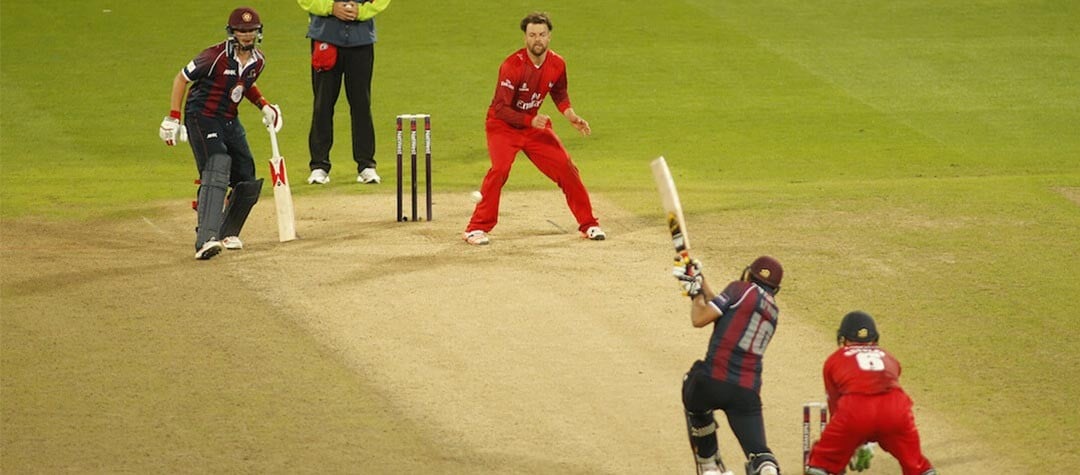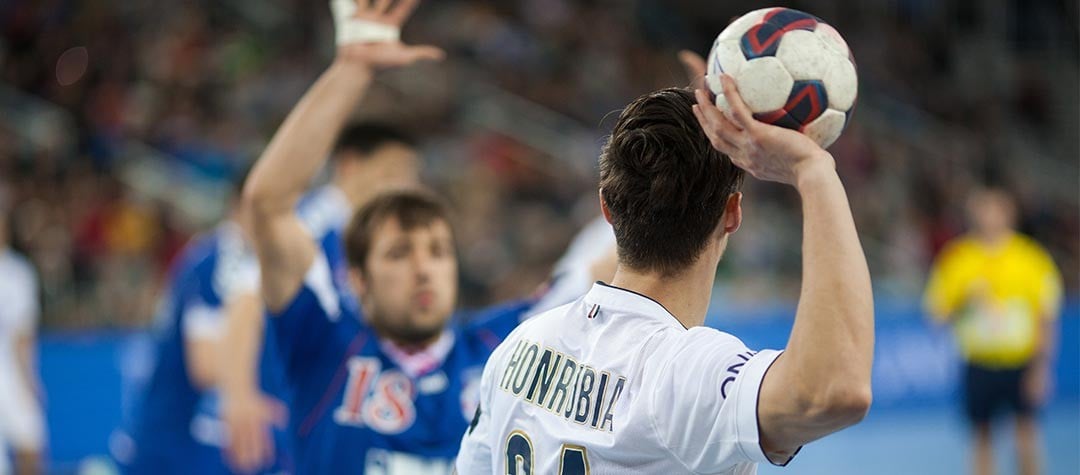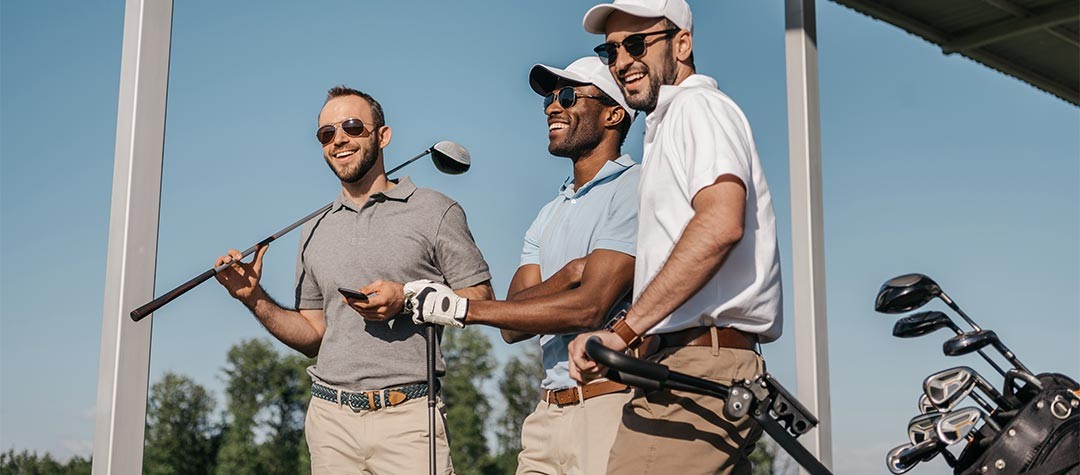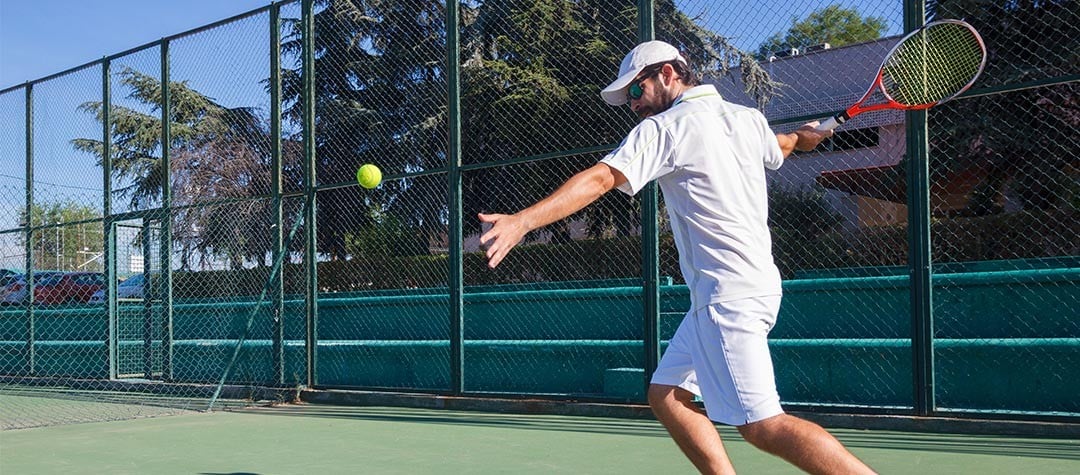If you want to get serious with wakeboarding, you’ll need this article to know which kit is best.
Getting the full set of gear for wakeboarding can get pretty pricey, so it’s important to do your research into what wakeboarding kit suits your level. Joining a wakeboard club will give you the benefit of trying out different types of board and it will also help you get the best advice from more experienced wakeboarders on what is best to buy.
Wakeboard
This is your most essential bit of kit. However, it is important that you go for a good quality make, rather than a cheaper and possibly less strong board.
Beginners are often advised to go for either a 'twin tip' or 'double-ended' board which has upturned lips at both ends.
Beginners are often advised to go for either a 'twin tip' or 'double-ended' board which has upturned lips at both ends. The new double-ended boards on the market are a lot lighter and easier to jump with. These boards also make it easier for the rider to ride ‘fakie’ (reversing the direction of the board).
Wakeboards vary greatly in length, depending on the manufacturer and as with snowboarding, the length of board you go for will depend greatly on your height and weight, so get good advice before making a purchase. Ultimately, the best way to pick a board is to test it and any decent wakeboard retailer will have demo boards available for testing.
Fins keep the board travelling in the direction in which you point it. Different wakeboarding fins are available for the various styles of wakeboarding and levels of riding ability. Therefore, your board’s fins will depend on you and your style. When purchasing your board, seek advice on what type of fins you need for your level of wakeboarding.
Wakeboard bindings and boots
Bindings keep your feet on the board. If you are going to be sharing a board with lots of different people with different foot sizes, then a sandal or bungee binding might be the best option. These are designed with the beginner in mind and can be easily adjusted to suit different foot sizes. They are also the cheaper option.
However, they will not withstand too much pressure. Once you build up your experience and begin to learn spins and jumps you will need to upgrade to more supportive bindings.
Adjustable wakeboard boots are also a good option for those looking for bindings to fit different foot sizes.
Adjustable wakeboard boots are also a good option for those looking for bindings to fit different foot sizes. These provide more support than the sandal/bungee binding. As your experience and skills grow you will demand more support from your bindings.
The high back boot is the most supportive style and perfect for cool wakeboarding tricks, such as flips and spins.
Snowboard-style wakeboard boots with tension straps are also available. Both types will typically support one to two foot sizes but seek advice on the right size to suit you. You should expect to pay anything from £100 to £300 for a decent pair.
Buoyancy vest for wakeboarding
A buoyancy vest is an essential bit of safety kit for wakeboarding. There are many specially designed vests for wakeboarding, which provide more freedom of movement and are often lighter than a standard buoyancy vest. There are two different types of available; nylon and neoprene.
Nylon vests are the cheaper option and generally last a long-time. Also, they are ideal for use in other sports, such as skiing and knee boarding.
Neoprene vests are made of the same material as wetsuits and offer much more comfort and good floatation. They are extremely soft and great for and keeping you warm. However, neoprene vests are considerably more expensive than nylon vests.
Wetsuit or drysuit for wakeboarding
The thickness of the wetsuit you need will depend entirely on the temperature of the water you will be boarding in. But remember, the thicker the wetsuit, the more your movement will be restricted. Some manufacturers have designed thick suits with thinner arms to help keep you warm while at the same time limiting the amount of restriction to movement.
For extremely cold conditions, boarders may opt to use a membrane drysuit which has tight seals to prevent any water from entering the suit. With a drysuit you can wear warm clothes or an undersuit underneath to keep you warm. However, the drysuit seals around the neck and arms are very tight and can be uncomfortable to wear.
Helmet for wakeboarding
Another safety essential, a crash helmet will prevent many serious accidents near the shore and in open water.
Wakeboarding ropes
A shorter rope is best when you are learning to wakeboard, aim for a line with a length of about 50ft. As you progress, you will need longer lines of about 55-60ft. Therefore, sectioned ropes that are adjustable are a great buy as you can easily change the length as and when you wish.
Avoid traditional water ski ropes as although they have a degree of spring, they are not a great design for wakeboarding. It is a good idea to go for a stretch line instead. Also, think about getting yourself a line winder, which helps to prevent irritating, and potentially dangerous tangles or kinks in ropes.
Handles for wakeboarding
A good wakeboarding handle will make learning new tricks easier. Wide handles are ideal for this
Finally, if wakeboarding is just an occasional pastime, you may want to consider finding wakeboarding clubs that rent equipment for the day. With cable based clubs, you can rent a wakeboard and buy a set amount of laps. This will allow you to try it whenever you want, without having to commit. It’s also a great healthy workout.
Picture Credit: Nildo Scoop / Shutterstock.com














